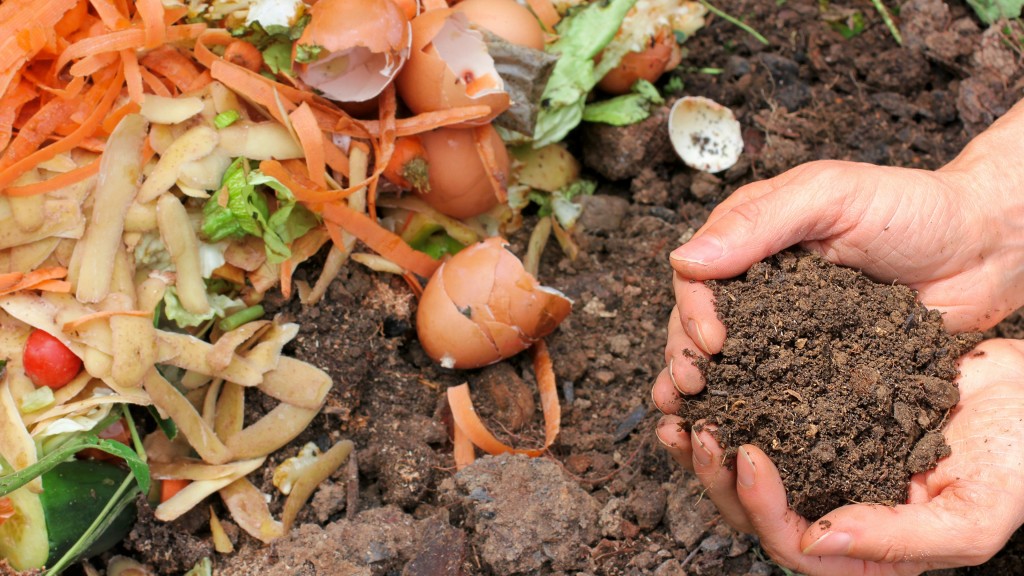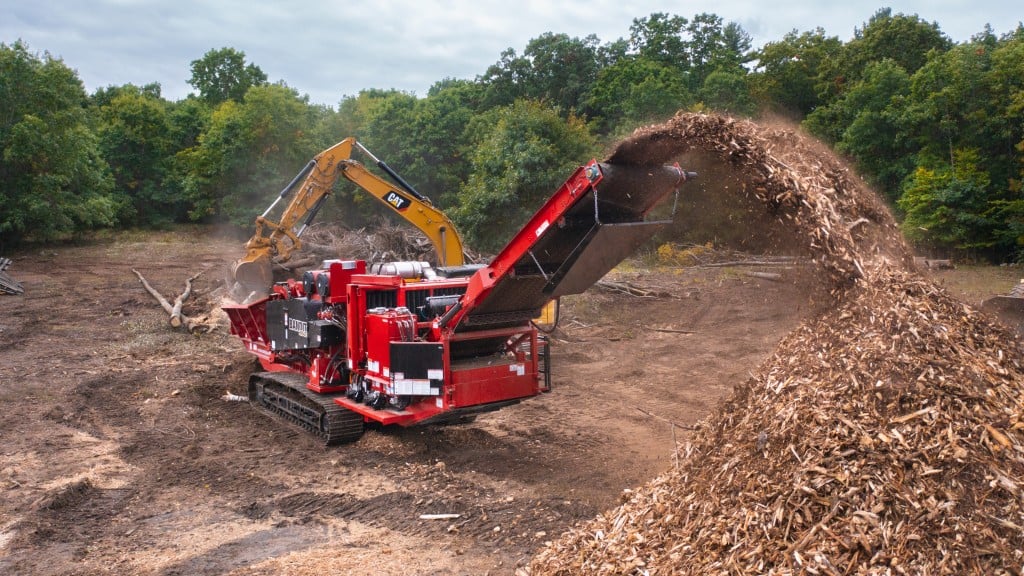
The U.S. Department of Energy (DOE) has released the 2023 Billion-Ton Report (BT23), which shows that the U.S. could sustainably triple its production of biomass to more than 1 billion tons per year. The report – the fourth in a series of assessments of potential biomass resources in the United States since 2005 – finds that 1 billion tons of biomass could satisfy over 100 percent of the projected demand for airplane fuel in the U.S., allowing the U.S. to fully decarbonize the aviation industry with sustainable aviation fuel (SAF).
The decarbonization of America's transportation and industrial sectors depends on a significant increase in the production of renewable biomass for use in liquid fuel, bio-based chemicals, and other products.
Highlights from the report include:
- The U.S. currently uses about 342 million tons of biomass, including corn grain for ethanol and wood/wood waste for heat and power, to meet roughly five percent of America's annual energy demand.
- The U.S. can triple the production of biomass, producing an estimated 60 billion gallons of low greenhouse gas liquid fuels, while still meeting the projected demand for food, feed, fibre, conventional forest products, and exports.
- Currently available but unused biomass resources can add around 350 million tons of additional biomass per year above current uses and double the U.S. bioeconomy.
- Biomass resources, like energy crops, in a future mature market can provide more than 400 million tons of biomass per year above current uses.
- Further technological innovations could lead to evolving and emerging resources that represent additional biomass potential.
- The analysis ensures sustainable outcomes by accounting for potential risks to soil, air, and water quality, water availability, and the imperative to protect America's forests and biodiversity.
The BT23 report analyzes the biomass production capacity of approximately 60 resources. These include winter oilseed crops, trees and brush harvested from forests to prevent wildfires, macroalgae such as seaweed cultivated in ocean farms, and carbon dioxide from industrial plants. The report finds that the wide dispersion and variety of these resources will ensure that the benefits of expanded biomass production extend to both rural and urban areas.


